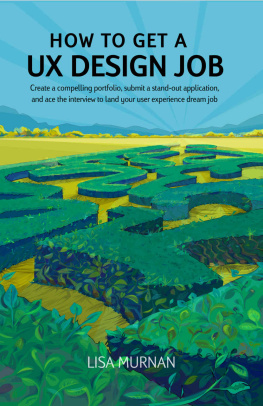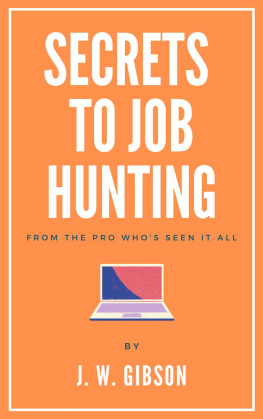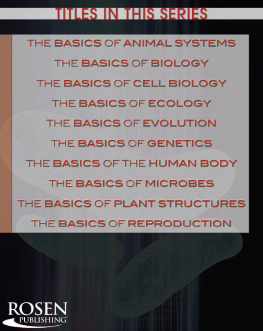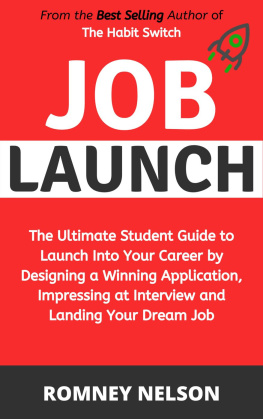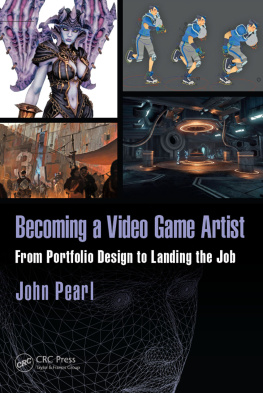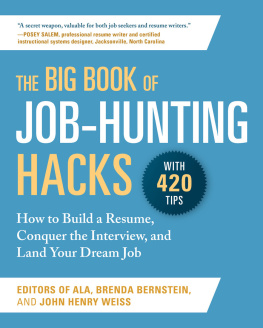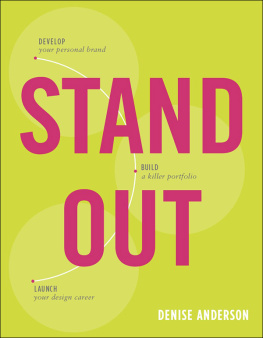We are in the midst of a UX Gold Rush, according to Forbes.
The signs are everywhere. UX Designer is now included on Glassdoors influential 50 Best Jobs in America list (ranked 27th in 2018). Searching on the keyword UX on any of the major job sites will yield thousands of results. And LinkedIn now has over 110,000 members with UX in their job title (compared to 159 members in 2008 and 3,500 in 2013).
This all sounds great if youre looking to transition from your current job into a user experience career, right? The problem is, many companies want UX professionals with at least two to three years of experience. Theres a huge demand for UX designers, but its a demand for mid-level and senior designers. Junior positions are harder to find, and the competition is fierce (partially because of the tidal wave of junior-level designers emerging from UI/UX design certificate programs like General Assembly, Springboard, etc.). Whats an aspiring UXer to do?
You need to find a way to fit in (on one hand) and stand out (on the other) so that you can get your foot in the door and start working in the industry. This book will help you do that.
If youre an experienced UXer, its a whole new world out there. A few years ago, nobody was requesting our portfolios or grilling us with behavioral interview questions or asking us to spend 45 minutes on a whiteboard explaining how wed design an elevator for a 1,000-floor building. Whether youre actively looking for a new gig or just constantly barraged by recruiters trying to lure you to greener pastures, you need to be prepared. Portfolios (good ones, anyway) arent created overnight.
This book will tell you what todays recruiters and hiring managers are looking for in good job candidates (at all experience levels), and what you can expect during the recruiting and interview process.
Youll need to create a resume that will pass the Applicant Tracking System (ATS) test and a UX portfolio that is slick enough to impress recruiters during the initial screening process (and substantial enough to get you in front of the hiring manager).
Youll also need a solid online presence, including social media profiles and a website that shows you in the best light.
Then youll have to really turn on the charm and walk the walk during the interviews, portfolio presentations, and design exercises.
There are no silver bullets. Im not going to tell you to create a video resume or to print your resume on pink perfumed paper. No tricks here. Youre going to have to take action and bust your ass.
You can do it, though. Youre going to treat this whole job hunt process like a UX project and Ill show you how.
I know it can feel overwhelming. Ive been doing UX work since before it was called UX, and I still feel like an imposter sometimes. I even wonder if, after 23 years in the industry, Id make it through some of todays screening processes and interviews and design exercises.
Ill let you in on a little secret. Most of us senior UXers are self-taught and had to learn UX the hard way stressful project after stressful project. We spent years learning from our mistakes and by talking to users, collaborating with other UXers and stakeholders, and watching usability tests. There arent many better ways to learn than by seeing your design get torn apart during a usability test!
I was introduced to web design in 1994 when I was working at a newspaper in North Carolina. Management gathered up all the tech-savvy people at the newspaper (I was a news researcher and spent a lot of time on LexisNexis), put us in a group called New Media, and sent us off to another building to create an online version of the newspaper. So I learned to code HTML by sitting next to a guy who knew HTML, and I learned to crop photos and create graphics in Photoshop by sitting next to another guy who knew Photoshop.
A year later I landed a job as a webmaster at a software company. I had no idea what I was doing but nobody else knew what I was doing either, so at least I had that going for me. It took me weeks to figure out I could view HTML files in a browser from a local folder on my computer. Seriously. I used to FTP files up to the server just to look at them in a browser.
Back then the Internet was the Wild West. There was no process. There were no UX classes and hardly any books or mentors. The best sources of knowledge I had were usability guru Jakob Nielsens articles and reports (which I still read today), and deconstructing other peoples websites.
Today there are so many different ways you can learn about UX. Immersive in-person courses, online classes, books, blogs, YouTube videos, Meetups, conferences, and millions of websites for inspiration. There are lots of great tools, too Axure, Sketch, InVision, Balsamiq, design templates and libraries out the wazoo, online card sorting apps, WordPress and all its plugins, Google Analytics, and Slack.
Maybe this is why some of us old-timers act a little curmudgeonly toward younger designers sometimes.
A little over a year ago I started teaching the UI/UX design certificate program at Boulder Digital Arts. The class is held several times a year in person in Boulder, CO. I love teaching this class. I think I learn as much from my students as they learn from me.
My students are from all walks of life they are graphic designers, developers, illustrators, photographers, writers, marketing people, product managers, salespeople, college students. Their ages range from the early 20s to late 50s. One thing they all have in common is that they are strongly drawn to UX. Many of them are already experimenting with UX design in their current jobs. Theyre putting in a significant amount of free time to explore UX concepts and work on design projects. They are trying to figure out if they want to pursue a full-time UX career.
There is so much to try to pack into a 40-hour class, and we spend a lot of time designing and collaborating on student projects, so all the finer details of UX portfolios, resumes, interviewing, etc. often get pushed out to the very end, and by then everybody is brain-dead.
I wrote this book to bridge that gap. I started out by giving my students access to a Google drive full of cheat sheets, but a book seemed so much more useful. Plus a book allows me to share this knowledge with a much bigger audience than the ~30 students I teach every year. It has become a personal mission of mine to help as many people who truly love UX find a user experience design job that makes them happy.
So is it all worth it, trying to get a job in UX? Yes. You get to solve problems and make peoples lives better. Theres a great sense of satisfaction in fixing things or making complicated things easier to use. You get to work with a lot of cool people. Often you can wear what you want (creative people can get away with a lot), work from home, and the pay is good. Its fun being a UX designer. You get to have an X in your title and be all edgy and shit.

